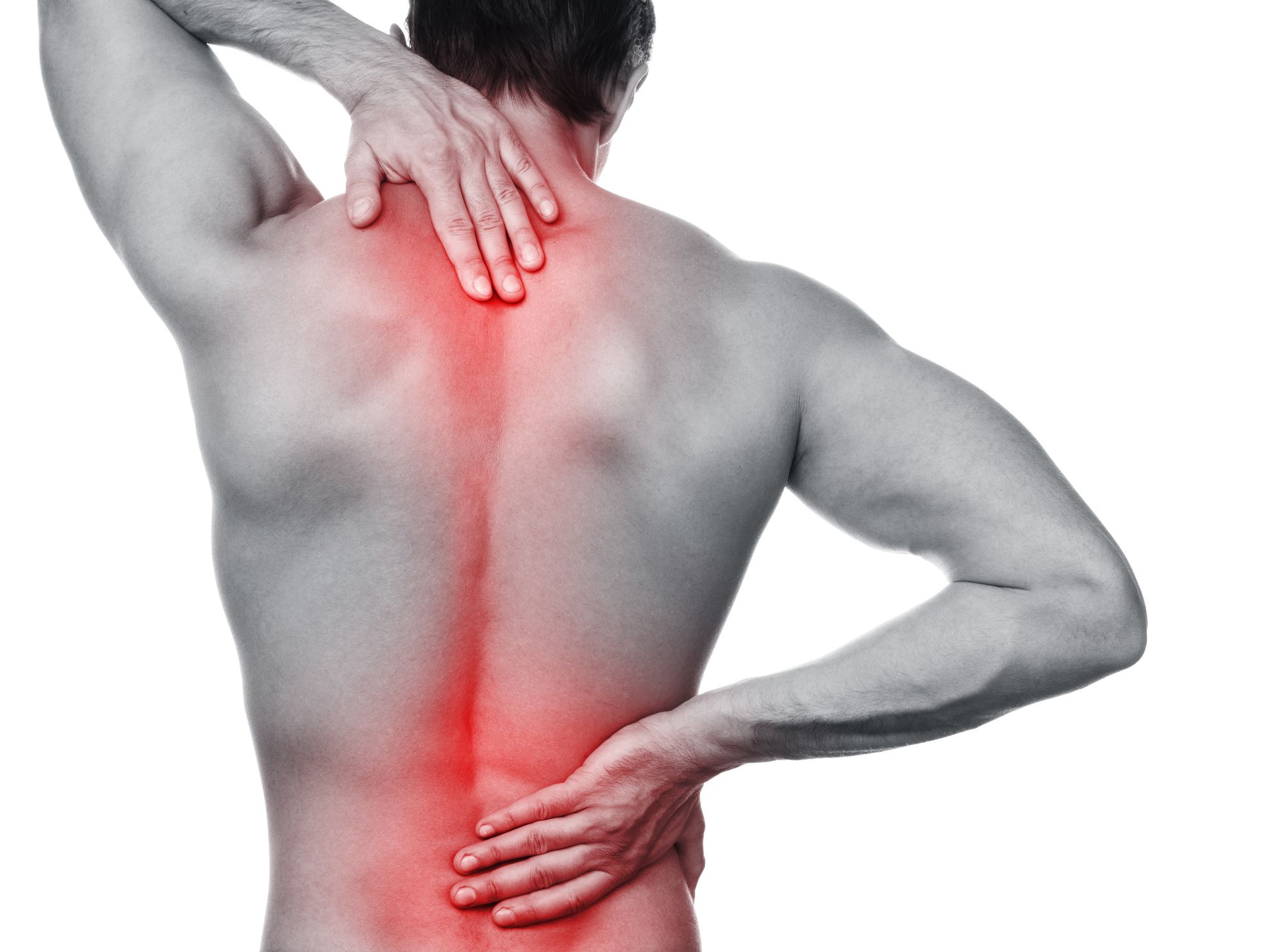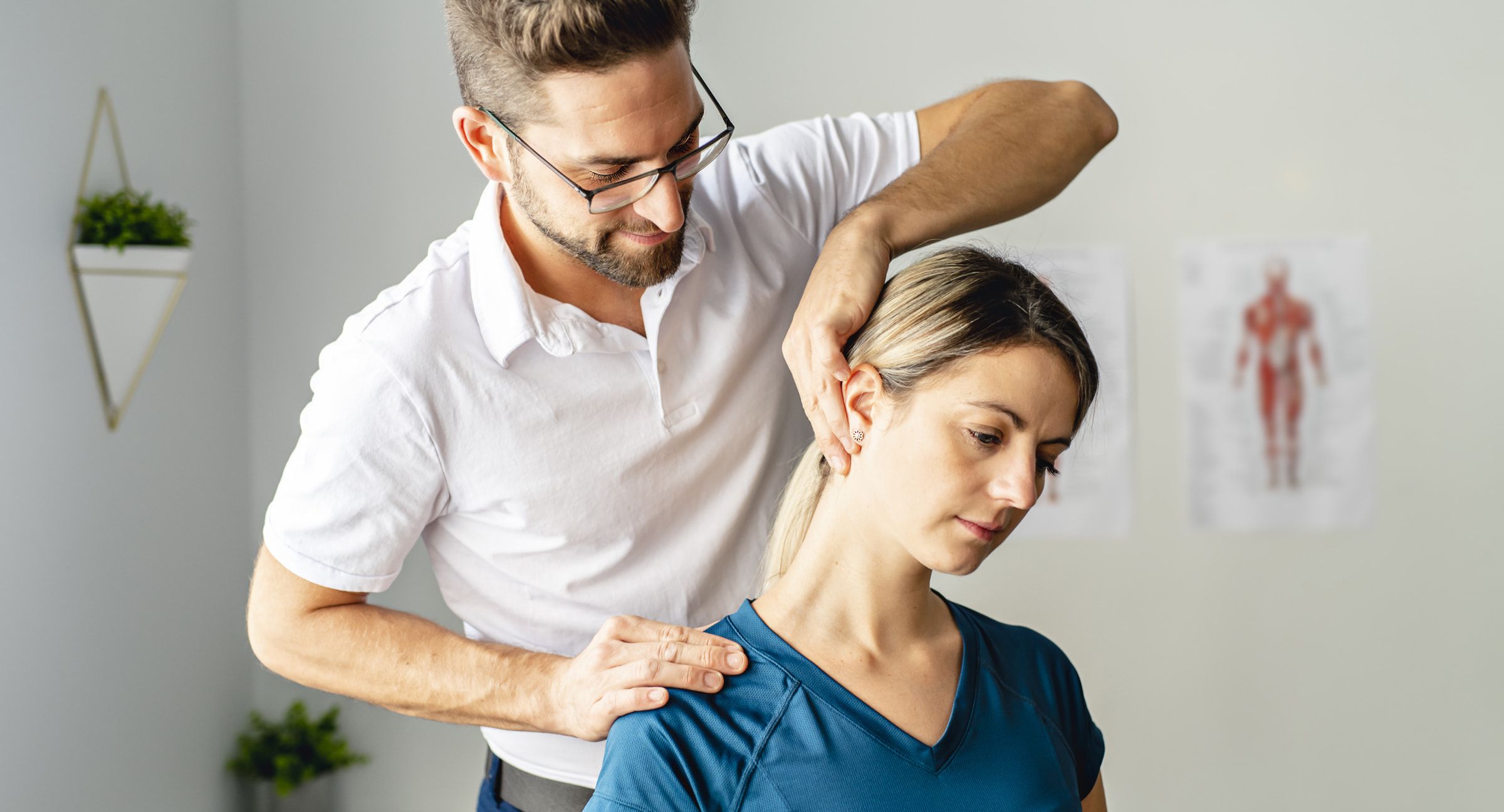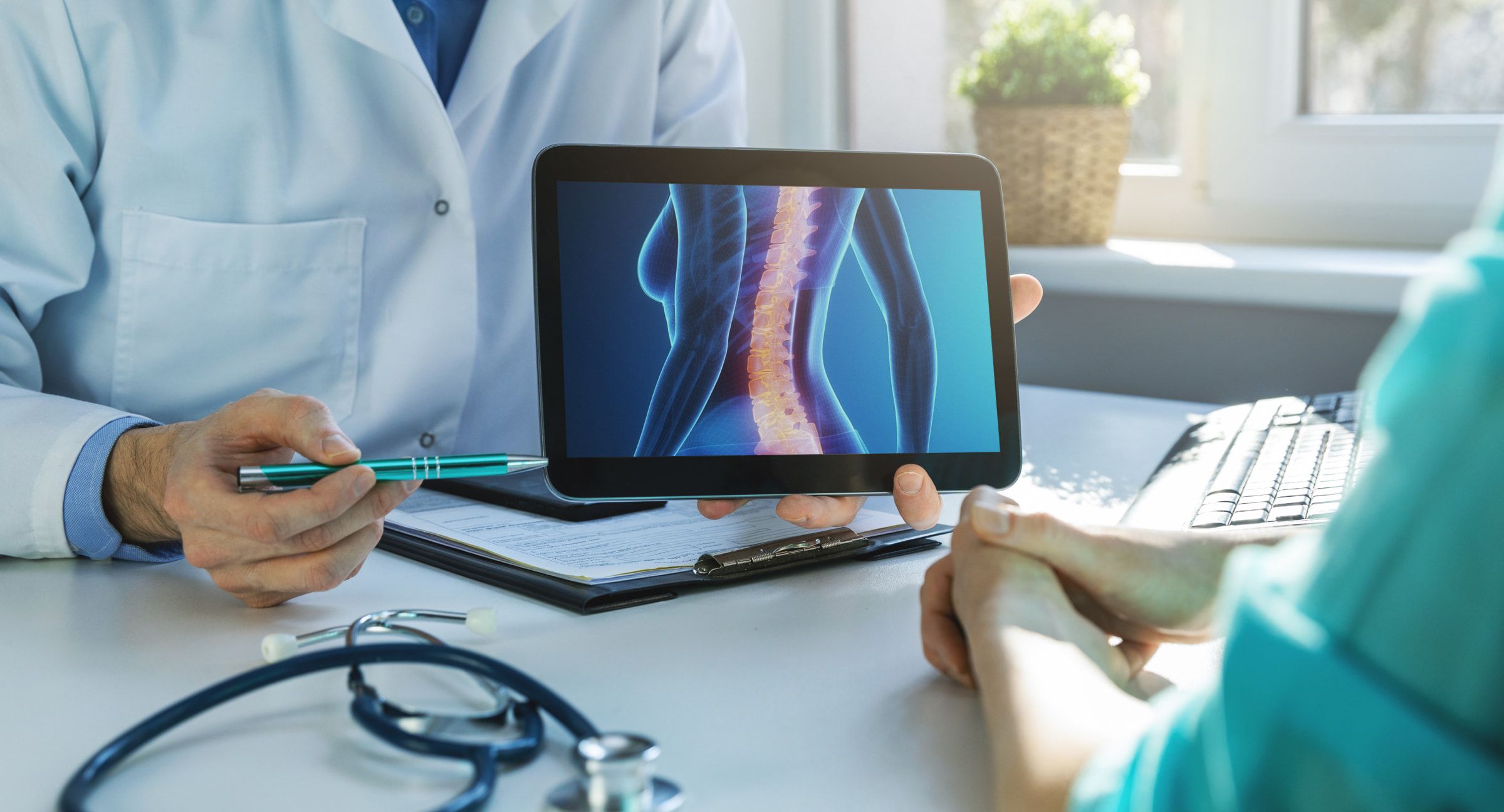- Health
How a Spinal Stenosis Chiropractor Can Relieve Your Pain

Over time, wear and tear on your spine can put pressure on nerves throughout the rest of your body. As you get older, it's possible you'll develop spinal stenosis, a condition that could compromise your overall health.
You're more likely to develop spinal stenosis as you age, though most patients who experience symptoms are over the age of 60.
Surgery isn't your only option for treatment. Instead, consider visiting a spinal stenosis chiropractor. They can help ease the symptoms connected to your condition.
Instead of living in pain, you can improve your overall health and your quality of life.
On the fence? Keep reading to learn more about chiropractic treatment for spinal stenosis.
Understanding Spinal Stenosis
Spinal stenosis occurs when the space inside of your spinal column begins to narrow.
Picture a tunnel, with your nerves running through the tunnel. If part of the tunnel narrows, cars will end up shoved together and unable to move. Spinal stenosis causes a similar situation.
Everyday wear and tear on the spine can contribute to spinal stenosis. Bad posture, osteoarthritis, and heavy lifting can also contribute.
When spaces in the spine begin to narrow, it puts pressure on the nerves that run throughout the body.
There are two types of spinal stenosis. The first is called lumbar stenosis. This condition impacts the lower part of the back.
Cervical stenosis, on the other hand, impacts the neck.
It's possible to experience stenosis in other areas. You might experience one type, the other, or both.
Symptoms
Between 250,000 and 500,000 US residents have symptoms of spinal stenosis. However, not everyone experiences symptoms. You might not notice a problem until you notice chronic pain that won't go away.
Some patients don't realize they have spinal stenosis until they visit a chiropractor. Visiting a spinal stenosis chiropractor can help you receive a diagnosis before the pain persists.
Here are a few common symptoms for cervical stenosis:
- Neck pain
- Tingling or numbness in the arms, legs, feet, and/or legs
- Balance problems
- Problems walking
- Urinary urgency or incontinence
The common symptoms for lumbar stenosis include:
- Back pain
- Weakness in a foot or leg
- Cramping in one or both legs after standing for a period of time
- Pain in one or both legs when standing that eases when you sit
- Difficulty walking
If a doctor or chiropractor suspects you have spinal stenosis, they'll order an imaging test to confirm the diagnosis.
Causes
Before you can experience spinal stenosis pain relief, it can help to determine the cause. For example, some people are born with a smaller than average spinal canal. In other cases, however, something changes or happens to the spinal column.
Growths inside the spinal column, whether benign or cancerous, can contribute to this condition. These growths either cover the entire spinal column, stick to one area, or grow between the vertebrae and spinal cord. However, these growths aren't common.
A doctor can check for these growths using an MRI or CT scan.
Bone overgrowth can also cause spinal stenosis. Osteoarthritis can impact the bones of the spine and cause bone spurs. Spurs usually grow into the canals of the spine. Paget's disease can also cause bone overgrowth.
You might develop spinal stenosis after experiencing a trauma, such as a:
- Car accident
- Skiing injury
- Sporting accident
A spinal fracture can displace your spine and damage the canal. If you opt for surgery, tissue swelling can also put pressure on your spinal cord.
Thickened ligaments can also contribute to the condition. Over time, your ligaments tighten, harden, and thicken, making them less flexible. If they're too thick, the ligaments can push their way into your spinal cord.
Soft pillows called disks are located between the vertebrae bones. Over time, these bones can dry and crack. Soft material from the disk can escape through these cracks and push into the spinal column, which can also cause spinal stenosis.
How Can A Chiropractor Help?
A spinal stenosis chiropractor can use chiropractic care, adjustments, and manipulations to ensure your spine and neck are aligned. A misalignment could cause or aggravate your spinal stenosis.
Visiting a chiropractor for an adjustment can relieve the stress on the nerves within your spinal column.
Exercises
Remember, poor posture can also cause your stenosis. In fact, it can also make the condition more painful. A chiropractor can provide you with a list of exercises to strengthen the muscles and improve your posture.
Repeating these exercises each day can provide spinal stenosis pain relief.
In addition to pain, you might also experience other health problems. The stress on your nerves can lead to:
- Headaches
- Balance issues
- Problems walking
- Loss of bladder control
Receiving a chiropractic treatment for spinal stenosis can help you regain control over these functions.
Your doctor might also advise you to avoid certain activities that could contribute to your pain. For example, walking uphill or riding a bicycle might make your spinal stenosis worse.
While you should avoid these activities, your chiropractor will probably suggest you remain physically active. Exercise can help you avoid further deterioration of the muscles supporting your spine.
Medication
Your chiropractor might also suggest anti-inflammatory medications. There are also herbal anti-inflammatories, such as fish oil or curcumin.
Most people suffering from this condition worry that their only option is surgery. However, your chiropractor can develop a treatment plan that provides non-invasive, holistic, natural pain relief.
Your chiropractor might also suggest using a TENS unit and ice or heat therapy. However, their suggestions might vary depending on your unique situation.
Stretches
During your adjustment, your chiropractor will also stretch out certain parts of the body. Stretching will add a small amount of space along your spine, which can help release the pressure.
Most patients experience an immediate drop in pain levels following their first treatment. Each appointment can help reduce your pain. However, pain relief can vary depending on different factors.
Spinal Decompression
If there's constant pressure on your spinal cord, your chiropractor might suggest spinal decompression.
Spinal decompression is a nonsurgical procedure that can help relieve the pressure on your spinal cord. Gently stretching your spine will change your spine's position, which takes the pressure off your spinal discs and nerves.
Removing pressure from the structures of your spine promotes water, oxygen, and nutrient-rich fluids to move into the disks, allowing them to heal.
Goodbye Aches & Pains: Visit a Spinal Stenosis Chiropractor for Sweet Relief
Tired of living in pain? Visit a spinal stenosis chiropractor. They can help relieve the pressure on your spine, allowing you to get back to living a happier, healthier life.
Learn more about our treatment center and contact us today for relief!


